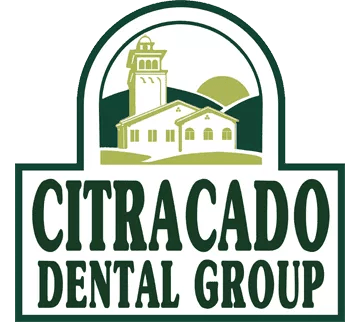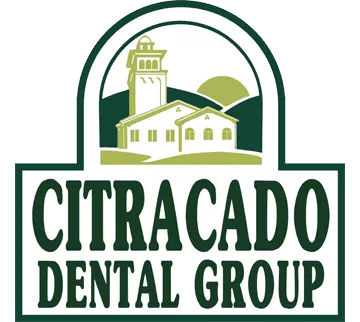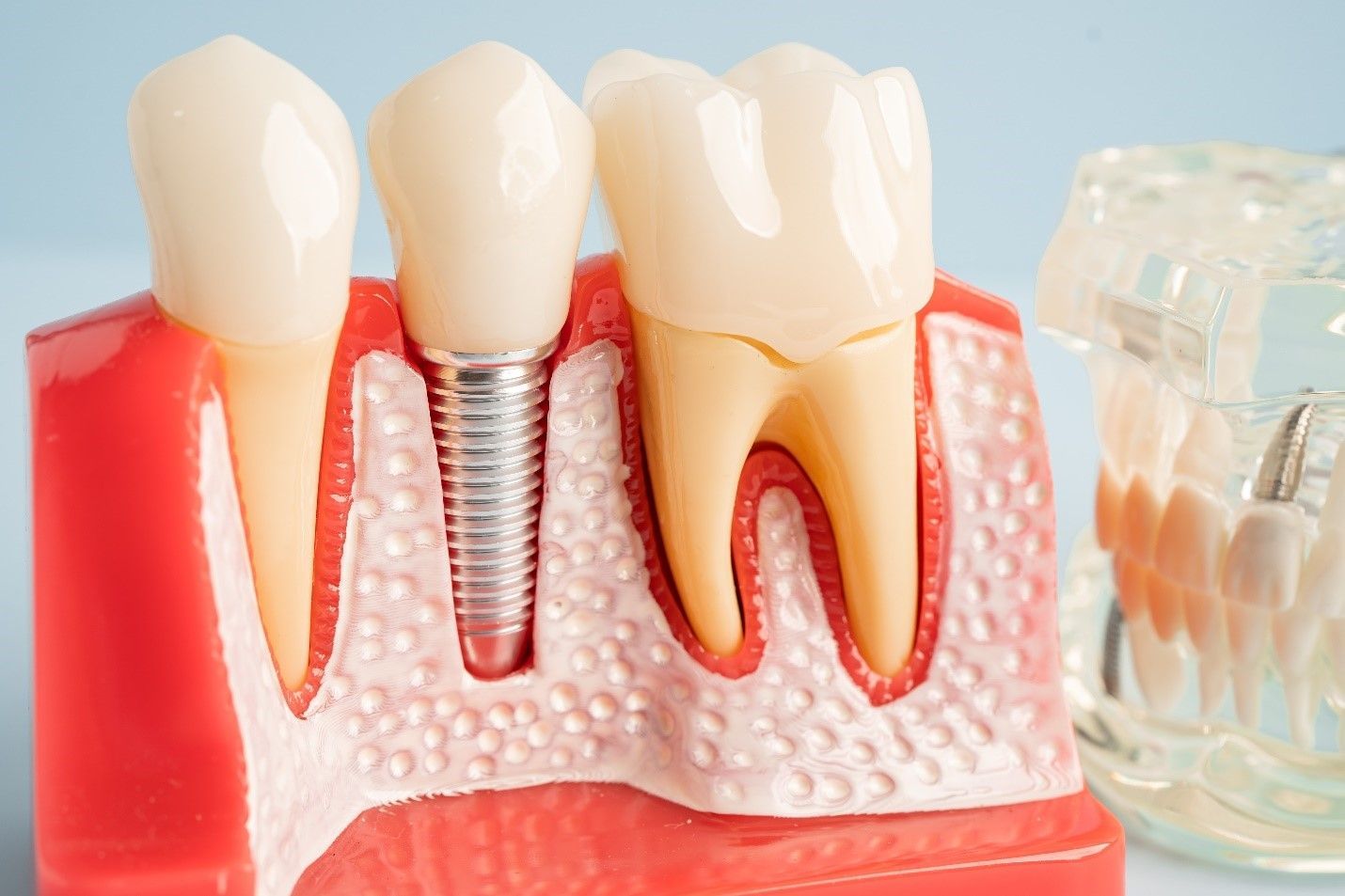THE HISTORY OF THE TOOTH FAIRY

If your little one is on the verge of losing a tooth, you’re probably planning for a visit from a special dental helper. After the tooth wiggles out of place, it can be slipped under a pillow for a monetary prize. Like everything else, this prize has recently gone up for inflation.
National Tooth Fairy Day
To celebrate National Tooth Fairy Day, here are some historic tidbits on how this tradition all got started and some other morsels of information that are fun to know.
The origin story of the Tooth Fairy doesn’t reach as far back as one might assume. An article in the Chicago Daily Tribune in 1908 first introduced the Tooth Fairy, giving the Fairy widespread attention for the first time in the United States. However, they did not attract a mass following until several years later.
Worldwide, fairies who collect teeth in exchange for money are not very common. Other countries, such as France and Spain, prefer to enlist the services of a little mouse to carry out the dental ritual.
Unlike Santa Claus and the Easter Bunny, the Tooth Fairy does not have a universally known appearance. A years-old study on the matter revealed that most people think the Tooth Fairy is female and dons Tinkerbell-type gear, like a wand, to work the magical exchange. Disney’s depictions of fairies likely helped further this image of the Tooth Fairy, which has become an iconic symbol of childhood. Like opening a gift on Christmas morning, many children hold onto the memory of losing their first tooth and the reward that came with it, for a lifetime.
Today, children and their families carry on this tradition, but it’s getting a little more expensive.
Due to inflation, in 2022, the average return for a tooth soared to more than $5 each. That represents a 24-year high and a 14 percent gain from just a year ago, according to the Tooth Fairy Index.
Encouraging young ones to exchange their teeth for a reward is a fun tradition, but is also a great way to get them to think about their oral health. Early education about healthy dental habits can put them on the right track for a healthy smile that lasts a lifetime. We are proud to provide patients with exceptional dental care at all stages of life. Our dentistry services for children include dental cleanings, exams, preventive care and sealants.
Coming into the dental office can sometimes be an unsettling experience for children. Through positive reinforcement, however, we remind children that good oral health is the key to good overall health. We work hard to ease nerves and fears and deliver an exciting and stress-free dental experience for the entire family.
If you are interested in booking an appointment, text us today at
760-206-4133.
QUICK MENU
RECENT POSTS






